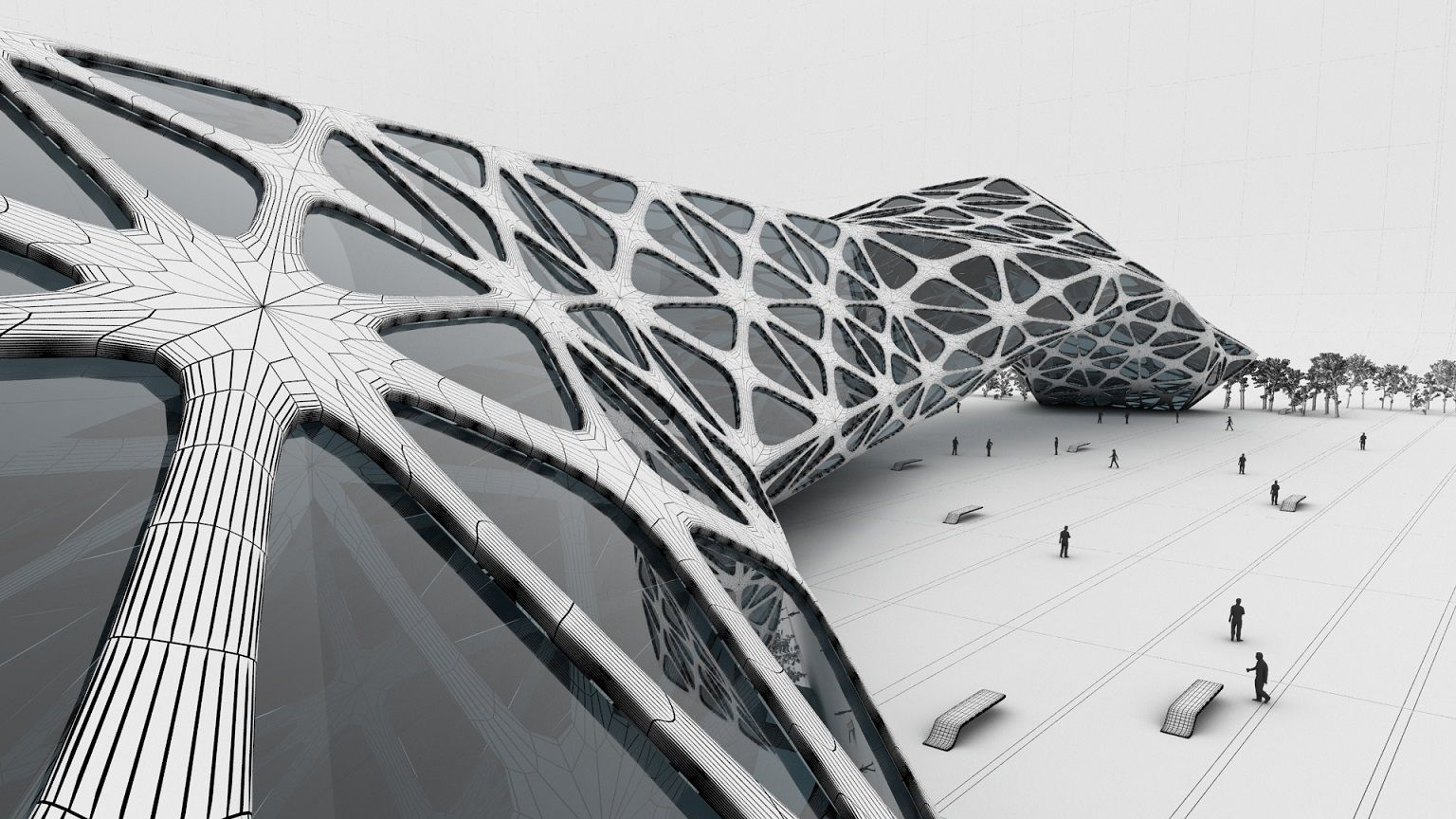Streaming Now – Novatr’s story on The Indian Edtech Story, only on Jio Hotstar.
PROGRAMS
Join thousands of people who organise
work and life with Novatr.
7 Valuable Skills for Architects to Explore While Taking a Gap Year
Shriya Goyal
4 mins read
July 04


1. Learn Industry-relevant Software

Parametric design model created using Rhino 3D & Grasshopper
In the present age, digital designs are transforming the face of contemporary architecture and engineering. The knowledge of basic design principles taught in college is not enough anymore. It has become essential for students and professionals to learn industry-relevant skills like Building Information Modeling that help in the design, construction and maintenance of sustainable buildings. Advanced parametric design software and tools like Rhino 3D and Grasshopper are becoming increasingly popular because of their ability to help us realize biomimicry projects and futuristic designs with ease. 3D modeling has turned out to be a basic expectation for clients to get a more detailed representation of their upcoming projects. Each software has something different to offer. A gap year gives you the perfect time to master these technical architecture skills and fast-track your professional growth.
2. Try Out Architecture Journalism or Content Writing

Being trained for a visual profession, architects spend a lot of time focusing predominantly on designing, modeling and drawings. The art of writing, however, is often ignored and incorrectly considered irrelevant to the field of design. The ability to write allows you to further explore and express your ideas successfully, and also allows for effective communication. Architects with good writing skills can also carve a niche for themselves in the industry as architecture journalists who research and publish industry news, trends and insight for the community. Learn the art of writing and give architecture journalism a shot – you never know, it may blow you away!
3. Join Suitable Internships
Having a top-notch degree is no longer enough to land you your dream job or start practicing. An architecture internship during a gap year is one of the best ways to become acquainted with the realities of the industry. Moreover, in today’s competitive market, employers and clients like to see strong portfolios with a relevant work history in the field rather than your college projects. Architecture internships not only equip you with technical skills, but also provide an opportunity to learn negotiation, communication and teamwork. You may also come across subject areas or architecture specializations that fascinate you and potentially become promising career options for you to pursue!
[Read: Internship 101: 5 Best Architecture Firms in Asia to Check Out]
4. Work on Research Topics of Interest

Research is an under-appreciated practice that can actually be rather eye-opening for architects. It’s a unique architecture skill that can help you understand the industry’s practices and also learn about various design-related topics. An investigation into sustainability, novel materials, construction technology, energy efficiency are emerging areas of interest in the AEC (Architecture, Engineering, Construction) industry and can prove to be intriguing research. If you are keen on engaging in research, it’s worth it and turns out to be a strong addition to your architecture masters application.
Pro tip: To really make good use of your research, you can even document it in the form of engaging content like blog articles and informative social media videos. These will help you present yourself as a thought leader in the architectural domain!
5. Participate in Relevant Architecture Competitions
Architecture competitions have been a means to bring innovation to the field. They help you to step out of your comfort zone and think out of the box to come up with unique designs. Though these activities don’t pay much, the quick turnaround times, and trailblazing topics push you forward in the field. You don’t need to win every competition, but participating in them will make you brainstorm better design solutions and outputs. Do not stress out, have fun and showcase your architecture skills!
6. Take a Shot at Architecture Photography

In this visually-dependent society, good photography skills are important to showcase your work to potential clients. An image draws the viewer, lays out the subject and makes you concentrate on the details that might not have been visible to the naked eye. Architectural photography is a trending field for aspiring photographers with an eye for good aesthetic and a wish to capture built projects. Interior photography, architecture travel photography, heritage photography are some of the branches of this field. It’s time to get your camera out and click away!
7. Make Your Portfolio Stronger

An architectural portfolio offers insight into your work and abilities to clients and superiors. Though the aim is to present your work to date, it is very important to research and select your finest works to keep your portfolio comprehensible. It is crucial to develop your portfolio such that it demonstrates and highlights your work and architecture skills to their highest potential. A gap year will provide you with an opportunity to try different fields and enhance your work more. Create a portfolio that directs the viewer's interest as per your choice. A portfolio that represents your personal style will also prove to be competent during your architecture masters applications!
There is no ideal time duration to take a break, it varies for each and every individual. The great thing about an architecture gap year is that you can learn anything and everything from a vast range of options. It is not just an excellent way to understand your strengths and weaknesses, the ‘time-off’ can prove to be as productive or as relaxed as you want it to be. You might face burnouts at times, indulge in your hobbies, and spend time on yourself. Take a breather, recharge, unwind, and reflect on the next steps of your life.
Keep your research on point, explore, and keep a lookout for competitions, internships and short online courses that will provide you with an insight into different software and architecture skills.
Check out the Learning Hub and Novatr portal for some interesting courses that will guide you before you take the next step in your professional journey!
Join 100,000 designers who read us every month
/827x550/images/blog/blogHero/CG005_NU_5BestPaidArchitectureSpecialisationsYouNeedToKnow_0322_Image01.jpg)
/827x550/images/blog/blogHero/D008_IK_InterestingArchitecturalInternships_0521_Img01.jpg)
/827x550/images/blog/blogHero/CH002_SG_HowtoChoosetheRightInternship_0222_image01.jpg)